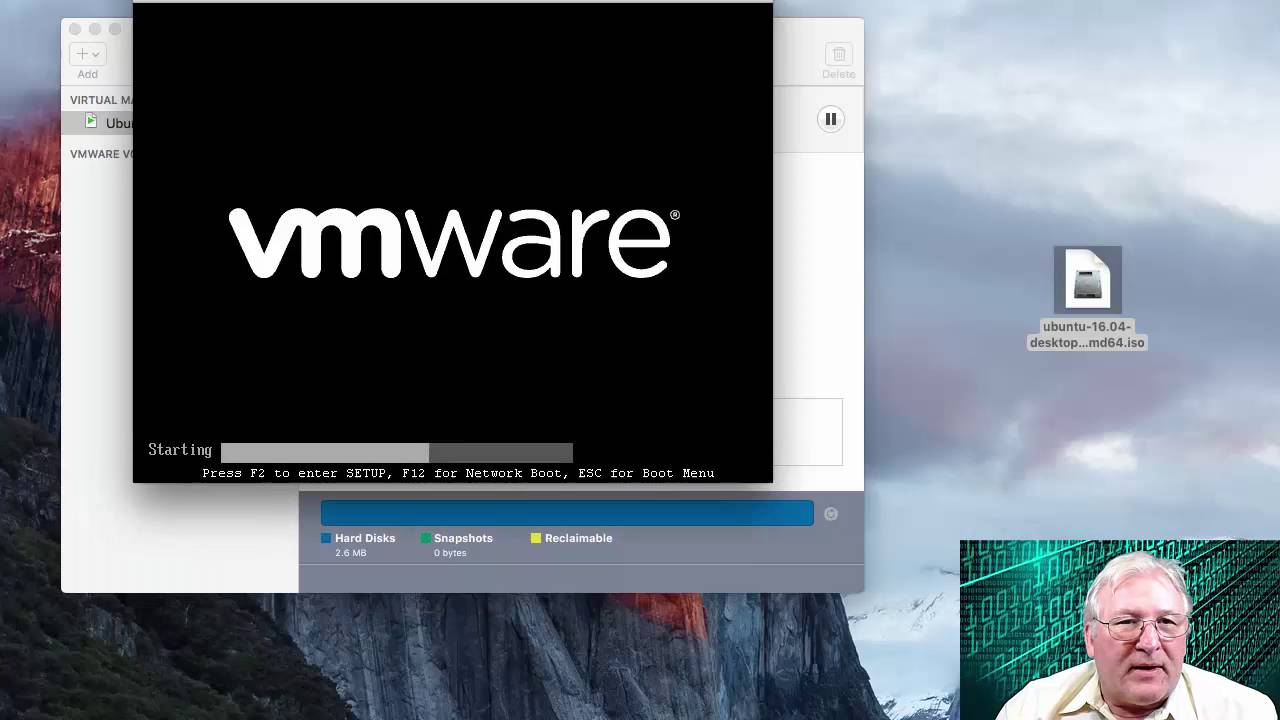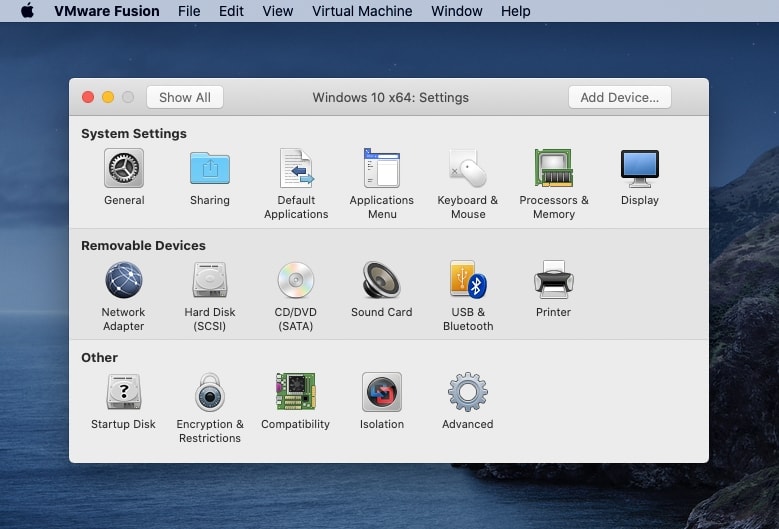

- Vmware fusion version how to#
- Vmware fusion version license key#
- Vmware fusion version install#
- Vmware fusion version upgrade#
- Vmware fusion version full#
VMware Fusion is a high-end virtualization program that allows you to run Windows and macOS applications side-by-side without sacrificing performance. System Requirements Hardware Mac models that support macOS 10.15 Catalina and newer version. For more information, see the broader VMware Fusion documentation. The program also includes the ability to take a snapshot of your VMs, so you can revert to a previous state at any time. About VMware Fusion VMware Fusion® 12 is the easiest, fastest, and most reliable way to run Windows and other x86 based operating systems on a Mac without rebooting. Additionally, each Fusion VM can include 16 virtual CPUs (vCPUS), an up-to-8TB virtual disk, and 64GB of memory, providing enough processing power and storage to run even the most intensive Windows applications.
Vmware fusion version full#
Vmware fusion version upgrade#
VMware Fusion 7 recommended upgrading to hardware version 11, which I did by going to Virtual Machine | Settings | Compatibility and clicking the Upgrade button. My Windows 8.1 Professional VM was using hardware version 10.

The software automatically loaded my existing Windows 8.1 Professional VM. Enter the VMware Fusion 7 key you received. When the initial installation process is complete, the VMware Fusion registration screen appears.
Vmware fusion version install#
VMware Fusion 7 will then install and initialize. Next, you’ll be prompted to enter a username/password possessing administrative rights. Double-click the VMware Fusion icon that appears to install the application (you’ll need to confirm the application downloaded from the internet is valid and you wish to install by clicking the provided Open button). Once the download completes, double-click the.
Vmware fusion version license key#
Begin by purchasing a license key from VMware’s website. Upgrading from Fusion 6 to Fusion 7 is a painless process. The platform works with any Intel-powered Mac possessing a 64-bit Intel Core 2 Duo, Xeon, Core i3, Core i5, Core i7 or better CPU, OS X 10.8 or later, 2 GB of RAM (although I recommend a minimum of 4 GB), and 750 MB of free disk space (although I recommend 25 GB if you’re going to load Windows and plan to actually load applications and data within the VM). Users of Fusion 5.x, 5.x Pro, 6.x, and 6.x Pro should explore upgrading, especially as the upgrade license costs only $49.99 (USD).įusion 7’s hardware requirements prove reasonable. In addition to matching Yosemite’s refreshed, cleaner interface, VMware Fusion 7 introduces speed improvements, a revised hardware support platform (version 11), and enhanced graphics support and performance. Fortunately, VMware had an upgrade of its own ready: Fusion 7. I was particularly concerned that a meticulously configured Windows 8.1 Professional VMware Fusion virtual machine (VM) might prove incompatible or suffer performance glitches as a result of the upgrade. Last month, realizing the OS X Yosemite upgrade was coming, I began worrying how well existing software on my Mac would work with the new release.
Vmware fusion version how to#
Erik Eckel explains how to update a VMWare Fusion 6 virtual machine possessing a preexisting Windows installation to version 7.


 0 kommentar(er)
0 kommentar(er)
